Several parasites can inhabit human skin. This is the first time the worm has been found in India, but they are now found in other latitudes as well. Parasites under the skin can cause a lot of discomfort and require treatment. They are not as dangerous as worms in other organs, but they can cause serious complications as the disease progresses over time. In our article, we will list all types of subcutaneous parasites, and the symptoms of the diseases they cause.
Types of Subcutaneous Parasites and Methods of Infection
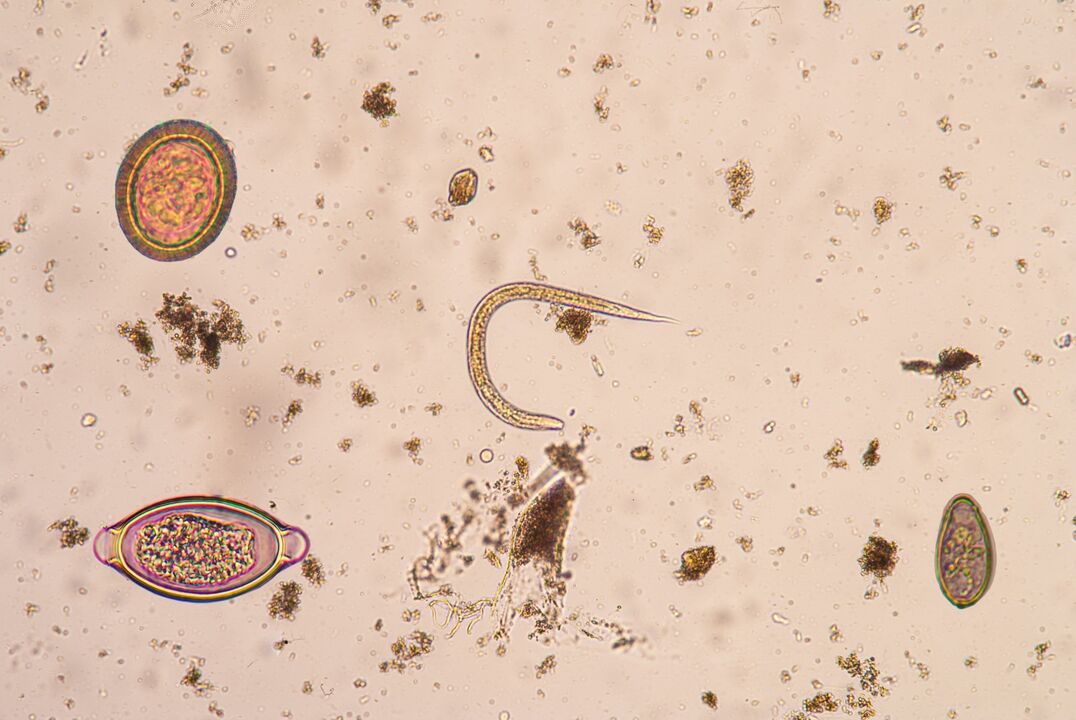
If you're wondering who's crawling under the skin, the following subcutaneous parasites are found in humans:
- Heartworm disease. The disease triggers the larval stage of the nematode. Infections occur when mosquitoes (lice, fleas, or ticks) bite, and mosquitoes are carriers of disease. A sexually mature individual reaches a length of 30 cm, and the larvae of this parasite are microscopic. After infection, it develops under a person's skin for 3 months. Domestic cats and dogs can also spread the infection.
- If we list parasites that live under the skin, then we cannot fail to mention filarial worms. Infections are caused by certain types of nematodes. In this case, various diseases appear: onchocerciasis, dichomonas, roiasis and manellosis. The vectors of worms and their intermediate hosts are insects (mosquitoes, midges, horseflies, etc. ). They infect human filarial worms with their larvae, and as a result the worms appear in the skin.
- Another skin parasite in humans is the cysticercosis larvae. They can cause cysticercosis. Invasion occurs through the gut, where the worm invades through dirty hands, water, or food. A cysticercosis is an oval-shaped vesicle that contains the parasite's head segment. Subcutaneous worms can vary from round to fusiform. Man acts as the middle master.
- Schistosomiasis is a disease caused by fluke-like worms. These are flukes up to 2 cm long. The larvae of this parasite that can swim in water are cercariae. They can penetrate the human body directly through the skin. This infection can exist in any organ, including under the skin.
- Rishta is another subcutaneous worm. These white worms cause dracunculiasis and are classified as large nematodes. Their intermediate hosts are aquatic copepods. First, the parasite enters the human stomach and then penetrates the skin from the retroperitoneal space. Men reach a length of 10 cm, women - 120 cm.
Symptoms of heartworm disease
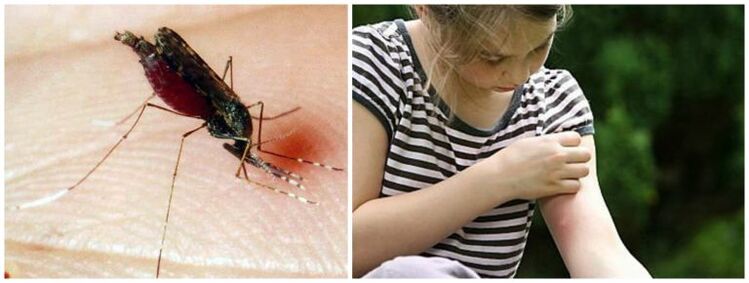
The larvae of this parasite spread throughout the body in the blood and colonize the eyes, pulmonary artery, heart, serous cavity, perirenal adipose tissue and subcutaneous tissue. The conjunctiva or subcutaneous fat can be affected if a worm called black filariasis invades.
Signs and symptoms of this disorder are as follows:
- A sore seal at the site of an insect bite;
- Within a few days, one-third of patients had their seal displaced 20-30 cm from the bite site;
- The bite site may feel swollen, burning, and itching;
- There is a feeling of crawling and wiggling under the skin;
- A period of remission is followed by an exacerbation episode;
- Subcutaneous worms that cause the appearance of abscesses and boils (in which the worms live in connecting capsules);
- Sometimes the abscess bursts on its own, and white parasites crawl out of the skin.
If the conjunctiva is damaged, symptoms such as:
- swollen, itchy, and watery eyes;
- Feeling of a foreign object in the eye or eyelid;
- One cannot fully open the eyelids;
- deterioration of vision;
- Worms are visible under the conjunctiva;
- Nodules visible under the skin of the eyelid;
- the person has a crawling sensation under the skin or in the eyes;
- If the parasite enters the eye, diplopia and exophthalmos occur.
important! Heartworm disease is accompanied by neurosis, fear, and insomnia. In addition, patients experience irritability, headaches, general weakness, and other symptoms.
Symptoms of Filariasis
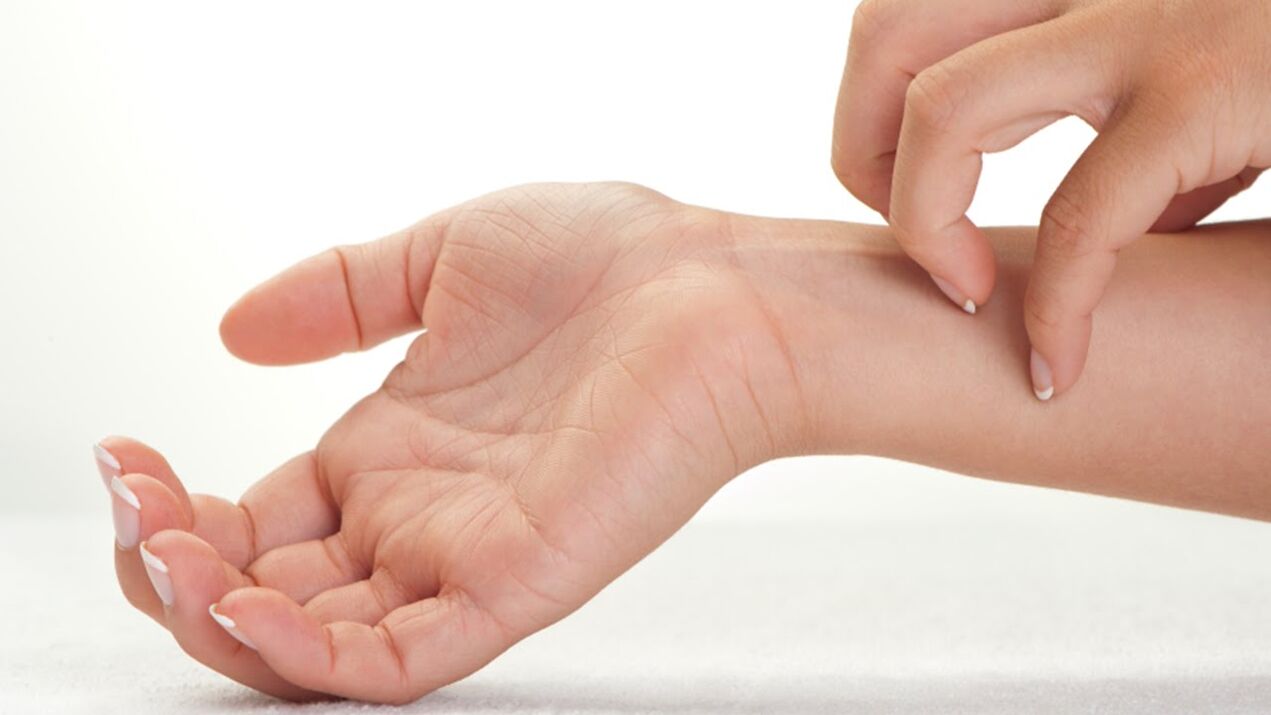
Filariasis can develop for several years after an invasion. Depending on the form of the disease, various signs and symptoms may appear. Common to these parasitic diseases are ulcers and rashes, eye and lymph node damage, fever, development of elephantiasis of the scrotum and extremities, as these are muscle parasites.
Onchocerciasis
With onchocerciasis, the parasite in human muscles exhibits the following symptoms:
- itchy skin;
- fever condition;
- weakness;
- dry and peeling skin;
- Hyperpigmentation of the skin (genital, leg, armpit and groin folds);
- papules;
- erysipelas;
- papules can form long-term ulcers;
- Under the skin, the worms cause atrophy of the hair follicles, sweat glands, and epidermis;
- Painful fibrous nodules form under the skin;
- With eye damage, the development of glaucoma, iridocyclitis, conjunctivitis, corneal cyst, keratitis and other eye diseases.
Diploid neoplasia
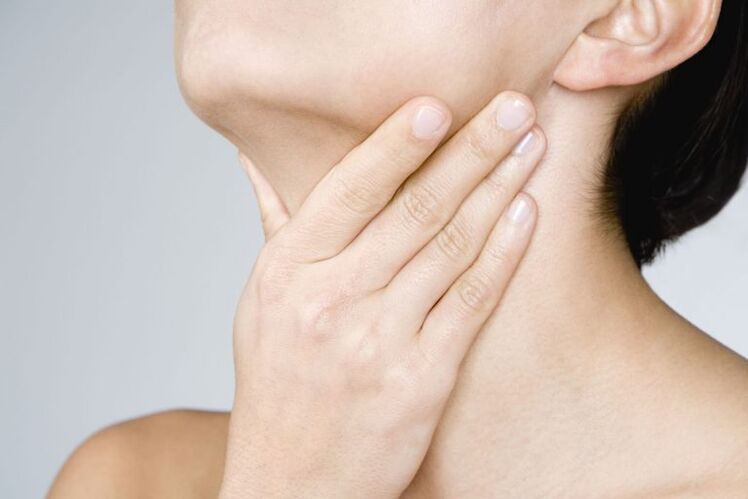
These subcutaneous worms in humans cause the following symptoms:
- swollen lymph nodes;
- Erythema or maculopapular rash;
- Dizziness;
- fever;
- swelling of the lower extremities, face, and genitals;
- joint pain;
- heartache;
- Symptoms of meningoencephalitis.
Loyasis
Parasites living under the skin of humans, with roachiasis, contribute to the clinical manifestations of the following diseases:
- rash;
- fever condition;
- Parasites in human muscles can cause muscle abscesses;
- pain in the extremities;
- swelling of the skin in a limited area that does not go away for a long time;
- If the parasite gets into the eye, blepharitis or conjunctivitis can occur;
- Urinary disturbance with localized urinary tract infection.
important! These subcutaneous parasites in humans can lead to complications such as meningitis, heart failure, and encephalitis.
Mansonellosis
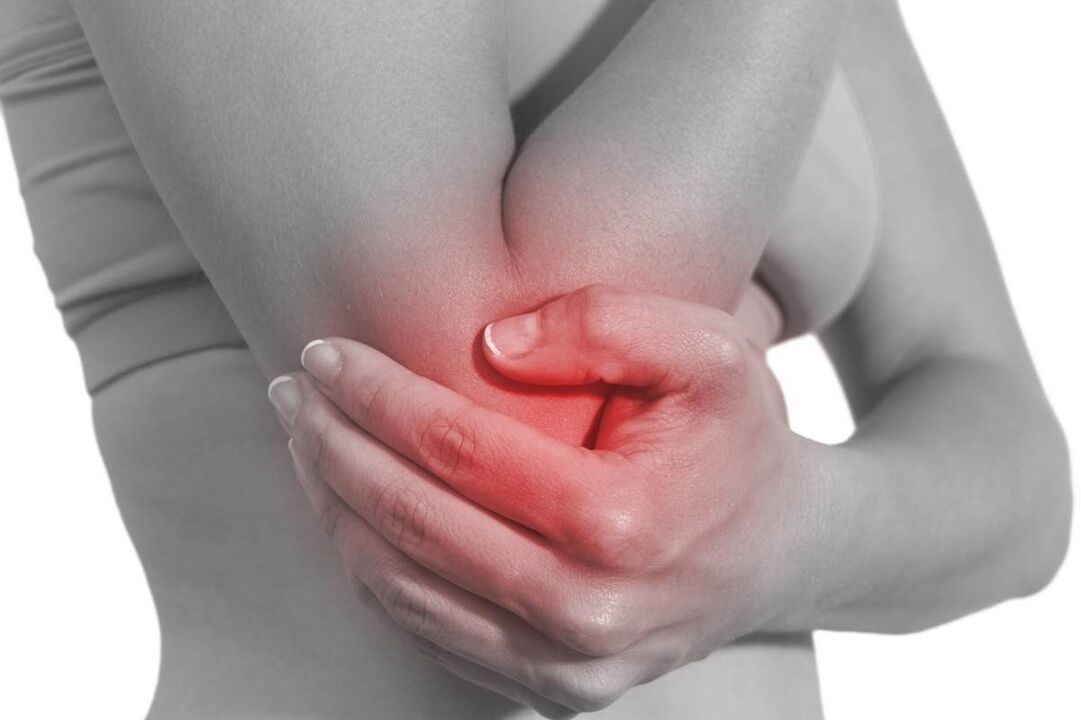
With this form of the disease, the worms under the human skin cause the following complex symptoms:
- itchy rash;
- joint pain;
- fever condition;
- swelling of the skin;
- testicular edema;
- numbness of the limbs;
- Increased inguinal lymph nodes.
Symptoms of cysticercosis
These parasites on human skin easily enter the digestive tract with food, where the embryonic membrane dissolves and the larvae emerge. They enter the bloodstream and are carried throughout the body. After colonizing certain organs, the larvae become cysticerci and cause the following symptoms:
- Under the skin, multiple or single, tumor-like, painless, oval-shaped structures (usually located on the inside of the shoulders, top of the chest, and on the palms);
- In the seal you can feel the cavity;
- Over time, these seals will grow;
- new formations appear;
- When doing educational histology, a cysticercosis can be found inside;
- measles;
- Rarely, nodes fester, but more often they remain unchanged for years, occasionally regressing on their own.
Symptoms of Schistosomiasis
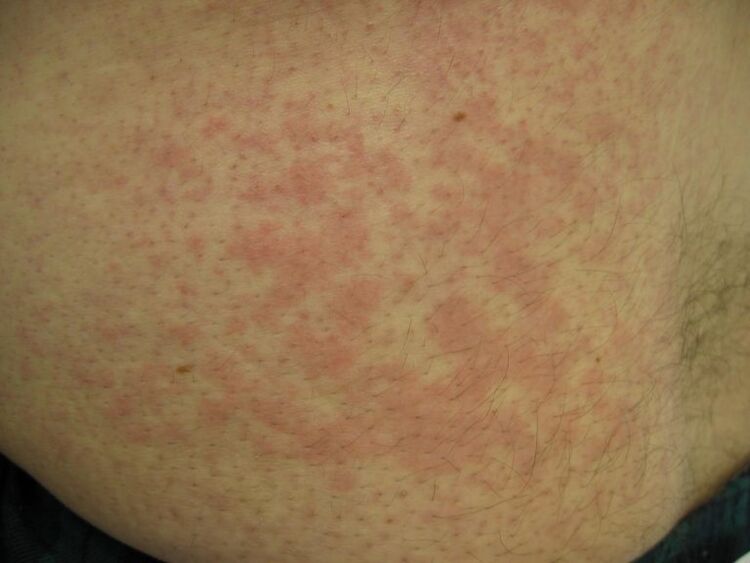
Schistosoma larvae can penetrate human skin directly from the aquatic environment. Within a few hours, they can enter the bloodstream. Following skin penetration, the following symptoms appear:
- measles;
- severe itching;
- A spotty rash occurs every other day.
Then a few weeks of calm followed. In the circulatory system, schistosomes reach the stage of sexually mature individuals and migrate into the vasculature of the urogenital system. After a few months, the patient developed the following symptoms:
- dry cough;
- fever condition;
- measles;
- Profuse sweating at night;
- enlarged liver;
- vaginal bleeding;
- blood in the urine;
- Pathology of prostate, kidney and bladder;
- Nodes on the genitals;
- Infertility.
important! In childhood, schistosomiasis can cause decreased learning ability, anemia, developmental delay, and memory impairment.
Dracunculiasis symptoms
If a person drank water containing infected copepods, the worm larvae were released into the patient's digestive system after they died. They penetrate the retroperitoneal space and migrate through the lymphatic system into soft tissues. Only after 3 months, females of this parasite can invade the skin or connective tissue for further development. As women grow, patients develop characteristic symptoms of the disease:
- Allergic reaction to infection in the form of hives, fainting, nausea, diarrhea, vomiting and choking only after 10-14 months;
- A year later, a rishtosis bladder appeared on the skin (its diameter reached 2-7 cm, but there were no signs of inflammation);
- You can see worms in your bladder;
- After a few days, the bubble itself opens and the necrotic mass is rejected;
- At autopsy, the patient experienced a burning sensation and severe pain.
Worth knowing! The blisters are usually on the skin of the legs, but can sometimes be on the stomach, arms, and other parts of the body. Additionally, females can settle in the connective tissue of the joints. In this case, his immobility, contractures, and bag became inflamed.
With secondary infection, there may be phlegm, abscess, sepsis, and gangrene. If a patient with an open bladder falls into the reservoir, thousands of larvae will again be swallowed by the one-eyed crustacean, which will lead to further spread of the infection.

















































